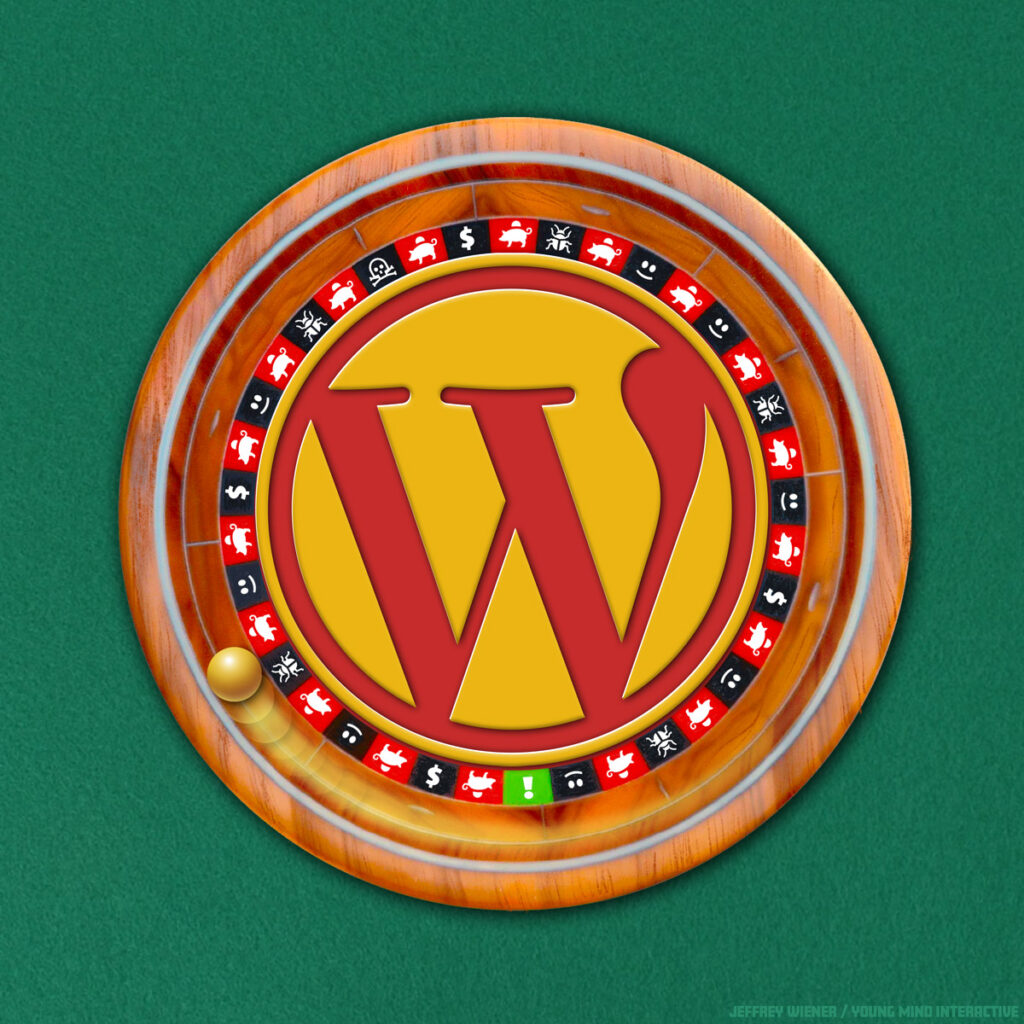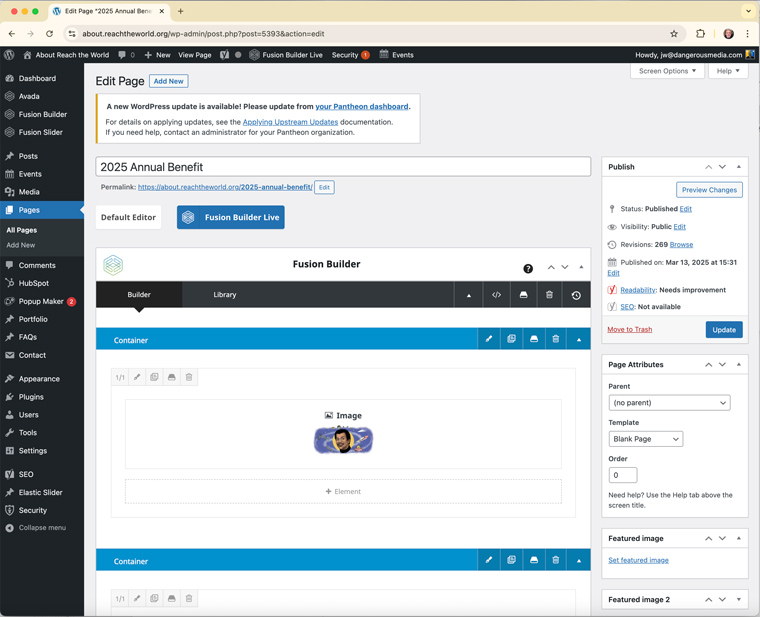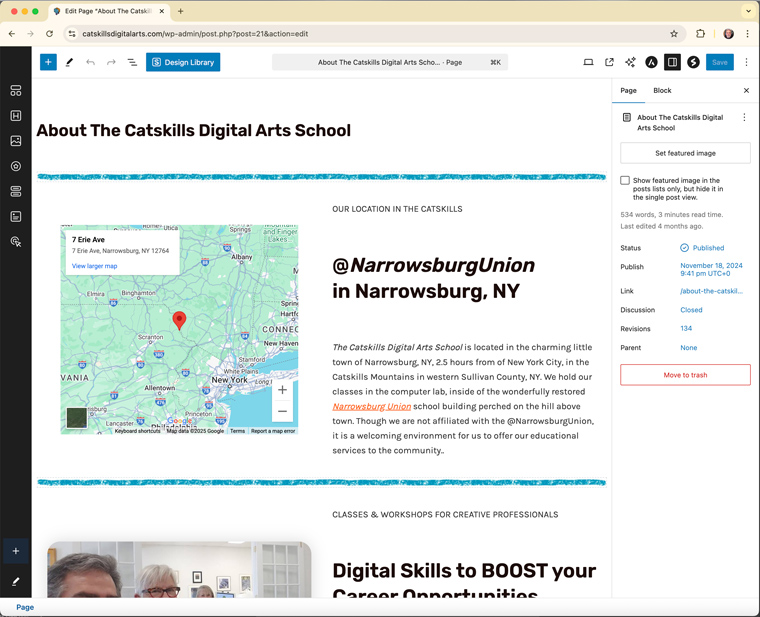
Over the last three decades, I have built over a hundred websites of all sizes with a wide range of tools and hosting platforms. WordPress being the most popular for my clients over that period of time.
The progression of development and the improvement of these software tools has been a long, bumpy road. The Design Community has always been vocal and pushing for tools that were easier to use. We wanted a developer interface that allowed you to see the page’s content displayed exactly as it would for your website’s visitors. This highly desired developer feature is called “WSIWYG”, meaning What You See Is What You Get!
WordPress is a very popular open platform that runs “Themes” built by third-party developers. Some of these themes include simple page design templates, and some are complicated as page layouts go, with columns and nested tables. Some of these software vendors are real companies with staff and support. Some are individuals working out of their garages.
Don’t be afraid to pay for a theme. You get what you pay for in this situation. A free theme generally has little support and usually offers no improvements or upgrades over time. A paid theme generally comes with some rudimentary support, as well as regular updates. I have never been more thankful as when I get FREE support for software I paid for WITH the purchase of as year-long license. You can expect to pay $100-$300. per year for a good theme. That’s how it works.
Choose a theme that has been downloaded in the tens of thousands, at the very least. Choose your theme vendor wisely. Check to make sure that the company developing your theme of choice regularly updates the theme, fixing bugs and adding features routinely (and recently). Read the reviews and FAQ section to see the dialogue between the company and customers.
Choosing an EASY-TO-USE, well-equipped “WSIWYG” theme is the most important decision one can make at the start of a website building project, and here’s some of the reasons why:
• “WSIWYG” Designer Interface SAVES YOU TIME
• Lots of Functions and Features so you don’t need other Plugins
• eCommerce and Social Media Tools to make getting down to business easier
Here’s an example of two themes side by side. In this example, you can see what the content of the web page you’re working on. On the other, you see “Blocks” that represent containers of content. But you can’t tell what you are working on unless you click on the Block to see what’s behind the door.


Making a long-term commitment to maintaining a challenging WordPress theme can cost you. You’ll find that development hours could be double or triple from what is actually necessary if you choose a theme that is not “WSIWYG”! I’ve had clients who ignored my advice and are now struggling to deal with mounting website issues that only get worse each year.
I’ve been using the Astra Theme this last two years to build all of my websites. It’s quite popular and is loaded with features and functions that I used to have to add from other third-party developers. I spent months choosing this theme. Elementor is another popular theme, but I find that it adds TOO much extra code into web pages, making page loads too slow.
There are others. But take it from a guy who’s working on ten to twenty websites each year. The sooner you get a “WSIWYG” theme the better. Otherwise, your production estimates are just a spin of the roulette wheel.

